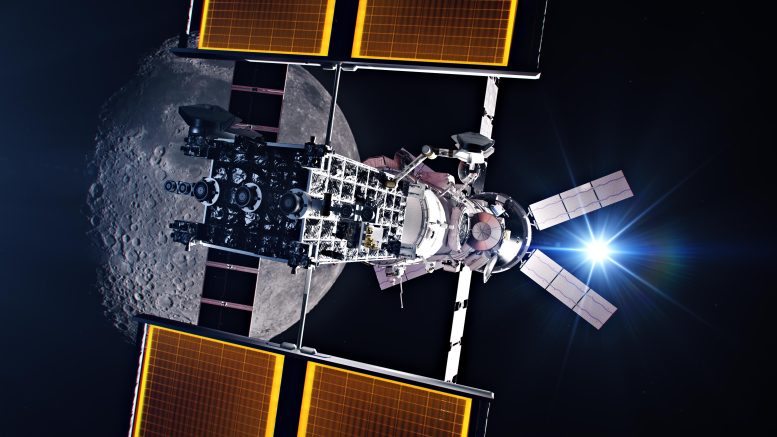
NASA and its partner agencies are paving the way for the future of space exploration with the launch of Gateway, a lunar-orbiting space station set to be operational by 2028. This cutting-edge station will act as a central hub for deep space missions, housing advanced modules for power, habitation, and scientific research.
One of the key features of Gateway is the Power and Propulsion Element, which will be the most powerful solar electric spacecraft ever flown. This module will harness solar energy to power the station’s systems and generate thrust to maintain Gateway’s polar orbit around the Moon. Additionally, Gateway will include the HALO (Habitation and Logistics Outpost), which will serve as the command and control center for communication between Earth and the lunar surface.
International partners like the European Space Agency (ESA) and the Japan Aerospace Exploration Agency (JAXA) are contributing to the development of Gateway, with ESA providing the Lunar Link system for communications and JAXA contributing to the Lunar I-Hab module. These collaborations highlight the global effort to push the boundaries of human space exploration.
The Artemis IV mission, scheduled for 2028, will mark the beginning of a new era in space exploration as astronauts from various nations will live and work on Gateway, preparing for missions to the lunar South Pole region. This mission will be a milestone in humanity’s quest to establish a sustainable presence in deep space.
The Gateway station will house a variety of modules and systems, including the Crew and Science Airlock for transferring crew and hardware to space, and the Canadarm3 advanced robotic system provided by the Canadian Space Agency. Additionally, the station will have a Deep Space Logistics spacecraft for transporting cargo to support Artemis missions.
One of the primary objectives of Gateway is to conduct scientific research in deep space, including studying solar and cosmic radiation, a critical concern for human exploration beyond Earth’s orbit. Science payloads like the European Radiation Sensors Array (ERSA) and the NASA-led HERMES will be used to gather data on radiation levels in space, aiding in the development of technologies to protect astronauts on long-duration missions.
The Orion spacecraft will play a crucial role in transporting astronauts and supplies to Gateway, with the Government-reference Human Landing System (HLS) facilitating crew transfers to and from the lunar surface. Commercial entities like SpaceX and Blue Origin will provide the HLS vehicles, further demonstrating the collaborative nature of modern space exploration.
Overall, Gateway represents a significant step forward in humanity’s quest to explore deep space and establish a sustainable presence beyond Earth. The station’s advanced capabilities and international partnerships underscore the shared vision of nations to push the boundaries of exploration and pave the way for future missions to Mars and beyond.
As we look towards the future of space exploration, Gateway stands as a beacon of innovation and collaboration, symbolizing the collective efforts of nations to unlock the mysteries of the cosmos and propel humanity towards new frontiers.

